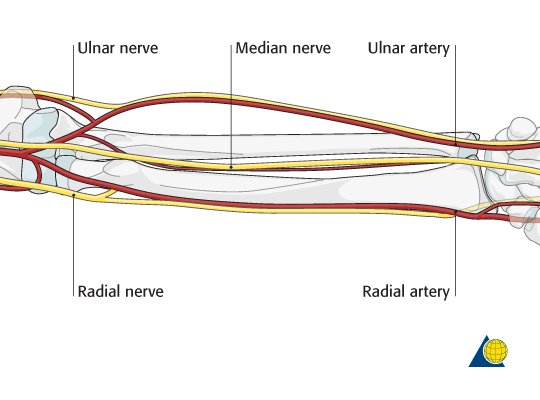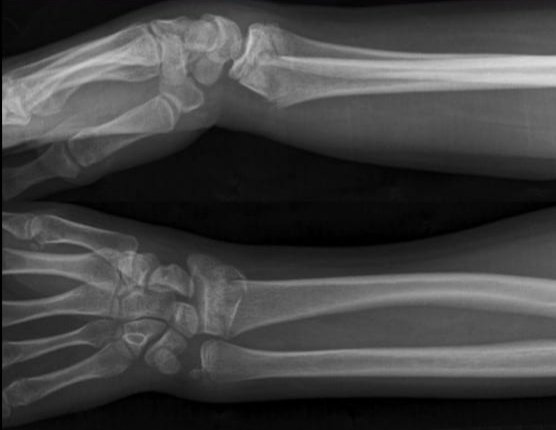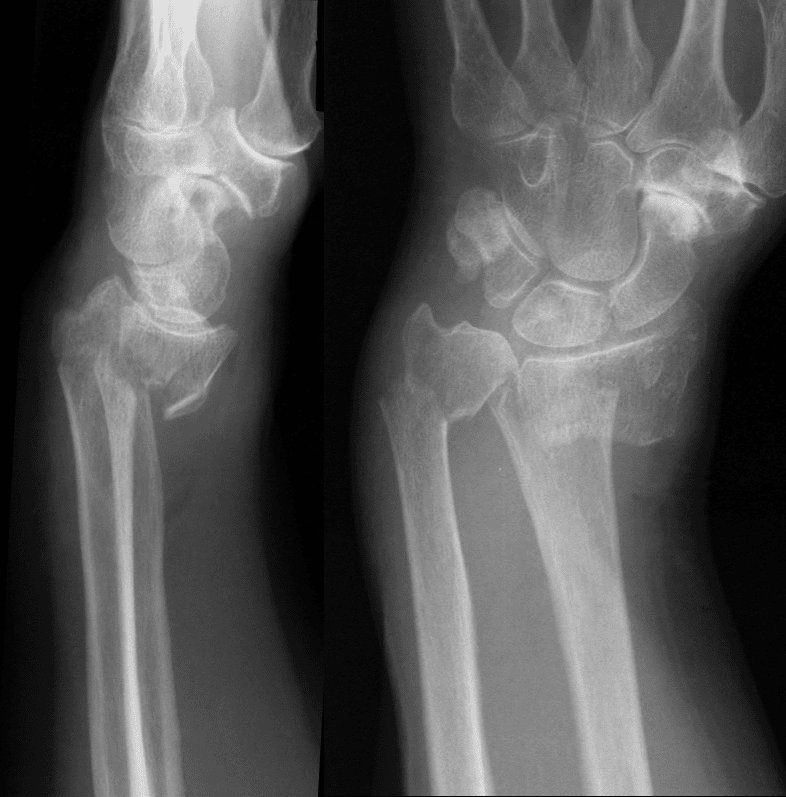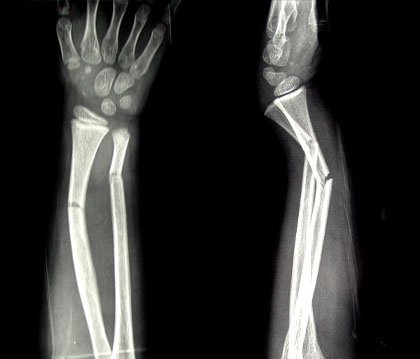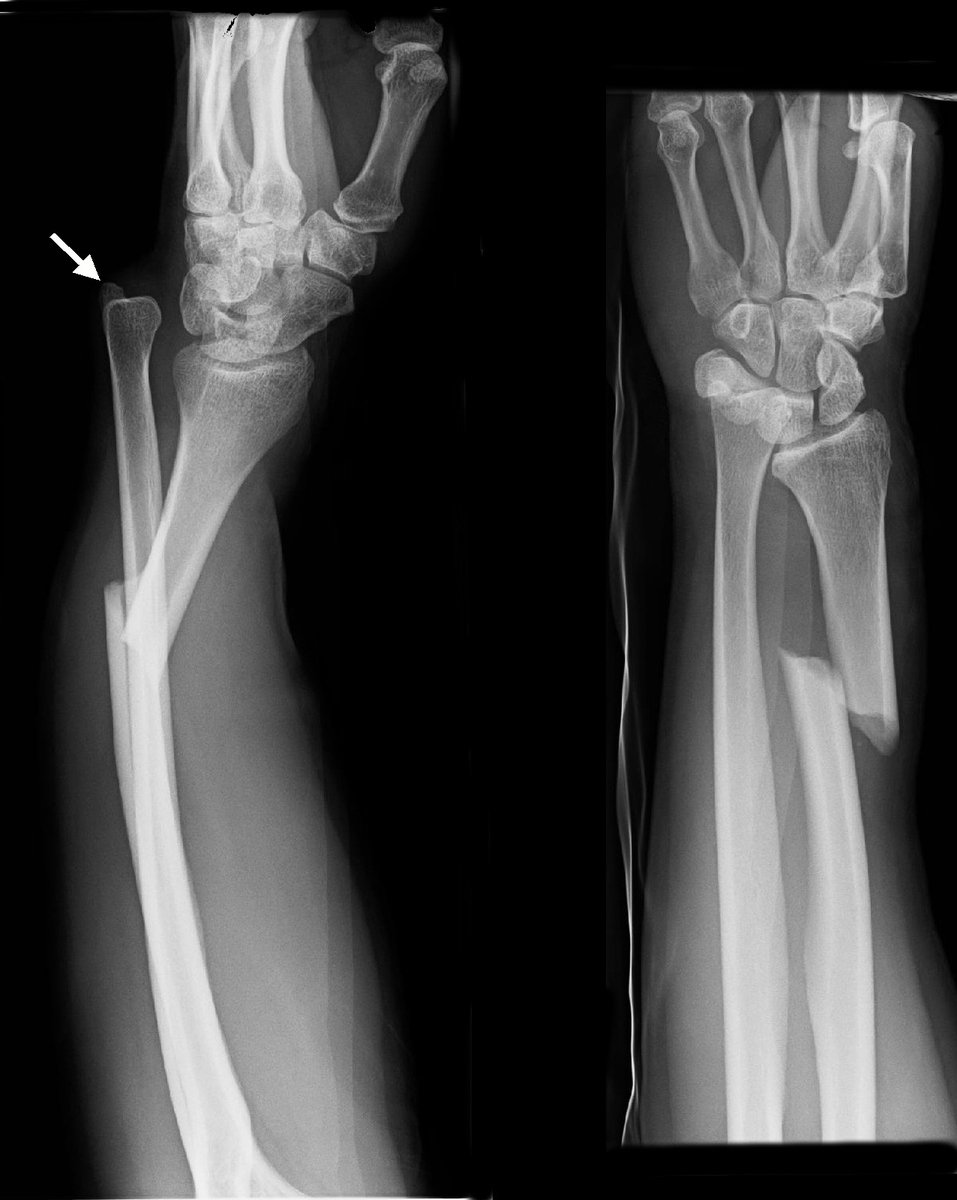It’s time for another #FractureFriday!! We return to the upper limb this week as we take a look at some of the fractures that can occur in the forearm – some of the most common fractures we see!!
When we talk about the forearm we are looking at fractures of the radius or ulna. We have 3 major nerves running through here:
Median – between the radius and ulna
Ulnar – running anterior to the ulna
Radial – running posterior to the radius
Median – between the radius and ulna
Ulnar – running anterior to the ulna
Radial – running posterior to the radius
As we know medicine has its own language, at the distal end of the upper limb lots of synonyms are thrown around!! So to save any confusion:
Anterior = Ventral = Palmar
Posterior = Dorsal = Volar
Remember - a shark’s dorsal fin is on its back!!
Anterior = Ventral = Palmar
Posterior = Dorsal = Volar
Remember - a shark’s dorsal fin is on its back!!
The most common fracture is that of the distal radius!! Fracture here with dorsal displacement of the distal fragment is known as a Colle’s fracture! This is sometimes described as a “dinner fork” deformity.
A distal radius fracture with volar displacement of the distal fragment is known as a Smith’s fracture! Sometimes this is described as a “garden spade” deformity.
Isolated ulna fractures are relatively uncommon but can occur in the midshaft as a person tries to defend them self from an overhead blow – this is known as a nightstick fracture!!
The 2 bones of the forearm can fracture in the same injury, this usually occurs in the midshaft and is inherently unstable and will likely require an ORIF. In children this can be done with flexible intramedullary nails!
There are 2 specific patterns of both bone fractures, named after Italian surgeons, that it is important to be aware of – Galeazzi and Monteggia fractures!! Both are more common in paediatric patients and caused by a FOOSH in pronation.
A Galeazzi injury is a fracture of the distal radius with associated dislocated radio-ulna joint, which can be best seen in the lateral view or by widening between the 2 bones! This will require an ORIF to relocate the radio-ulna joint
A Monteggia injury is a proximal ulna fracture with a dislocated radial head!! In adults this will certainly require an ORIF however in kids it can often be managed with a closed reduction.

 Read on Twitter
Read on Twitter